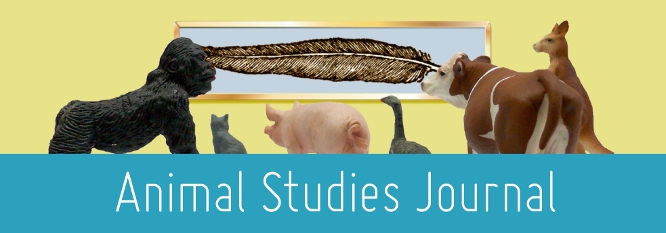Home > assh > ASJ > Vol. 5 (2016) > No. 1

Abstract
You should never judge a book by its cover but, of course, that’s exactly what the Victorians did when they looked at animals—or so Professor Ann Colley claims, and with some justification. This book is a contribution to the growing list of valuable and entertaining studies of the collection and exhibition of wild animals in Victorian Britain and beyond, and it is highly recommended to anyone researching the field. I was looking forward to reading this as although there has been a fair bit of work on zoos and menageries and, especially recently, on taxidermy, the habit of collecting skins is less well documented. But it was on skins that the Victorian naturalists often depended for their knowledge of new animals. For example, one of the chief requirements that the great ornithologist John Gould had of his field collectors was that they have a good knowledge and high ability in the techniques for skinning and preserving specimens, for only that way could organic remains make the long journey from desert or jungle back to England in the days before climate control. It is thanks to these skinners that we have records of otherwise extinct birds although, of course, it is also, in some cases, thanks to them, that the birds became extinct.
Recommended Citation
Simons, John, [Review] Ann C. Colley, Wild Animal Skins in Victorian Britain. Farnham: Ashgate, 2014, Animal Studies Journal, 5(1), 2016, 192-194.Available at:https://ro.uow.edu.au/asj/vol5/iss1/11
Included in
Art and Design Commons, Australian Studies Commons, Creative Writing Commons, Digital Humanities Commons, Education Commons, Feminist, Gender, and Sexuality Studies Commons, Film and Media Studies Commons, Fine Arts Commons, Philosophy Commons, Social and Behavioral Sciences Commons, Theatre and Performance Studies Commons

